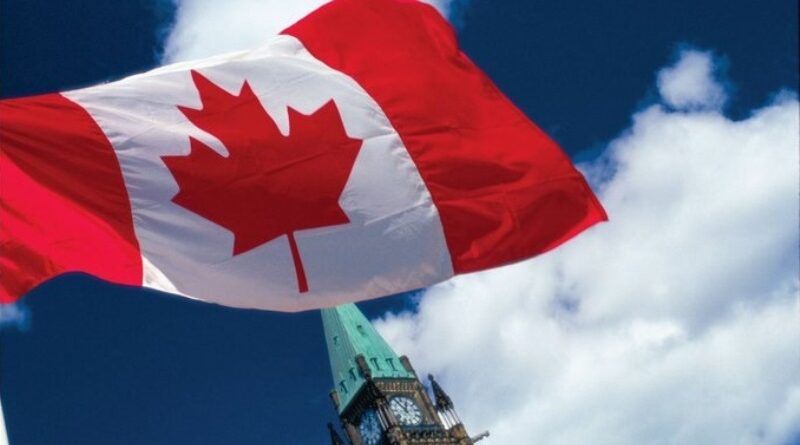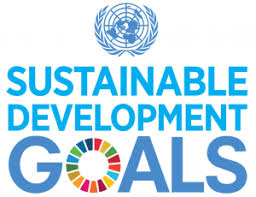Canada Launches Regulation Requiring 35% Emissions Reduction from Oil & Gas Companies
The Government of Canada announced on Monday the release of a new draft regulation aimed at setting a cap on greenhouse gas (GHG) emissions in the oil and gas sector, and introducing a new emissions allowance trading system to cut GHG pollution in the sector by more than a third.
While aiming to cut sector emissions, however, the government stressed that the new regulation was designed to allow for continued oil and gas production growth, projecting that production would be projected to increase by 16% by 2030 – 2032 compared with a 2019 base year under the new system if the sector puts in place “technically achievable decarbonization measures.”
The oil and gas sector is the largest source of GHG pollution in Canada, accounting for more than 30% of national emissions. The sector is also a major employer in Canada, supporting approximately 400,000 jobs. Canada has set national climate goals including commitments to cut GHG emissions by 40% – 45% by 2030, and to reach net zero emissions by 2050.
The new proposed regulation would see the launch in Canada of a new cap-and-trade system for the oil and gas sector, under which producers would be allocated emissions allowances annually, each representing one tonne of carbon emissions, with fewer allowances given out over time, in alignment with the declining emissions cap. Companies that do not have enough allowances to cover their emissions will be able to buy allowances from companies that have a surplus. Alternatively, companies will be able to contribute to a decarbonization program for up to 10% of their emissions, or use GHG offset credits to 20%, with the combined options accounting for no more than 20% of their emissions.
The new cap-and-trade system is anticipated to be phased in between 2026 – 2029, with companies required to register and report their emissions and production during this phase, beginning with large emitters in 2027 (for 2026 emissions), and smaller operators in 2029, and with allowances first distributed in 2029 for 2030 as the first compliance year.
According to Steven Guilbeault, Canada’s Minister of Environment and Climate Change, the new cap-and-trade system was designed to recognize top-performing companies, while incentivizing higher emitters to invest in cleaner production processes. The government highlighted methane emissions prevention and carbon capture as key areas of potential investment by the sector to address GHG emissions.
Guilbeault said:
““Every sector of the economy in Canada should be doing its fair share when it comes to limiting our country’s greenhouse gas pollution, and that includes the oil and gas sector. We are asking oil and gas companies who have made record profits in recent years to reinvest some of that money into technology that will reduce pollution in the oil and gas sector and create jobs for Canadian workers and businesses.”
The new oil and gas pollution cap would apply to upstream oil and gas facilities, including offshore facilities, as well as to liquefied natural gas production facilities, with the upstream subsector representing approximately 85% of sector emissions. Activities covered by the emissions cap would include oil sands extraction and upgrading, conventional oil production, natural gas production and processing, and production of liquified natural gas.
The government said that it is launching a consultation period for feedback on the new draft regulation, which will be open until January 8, 2025, with the final regulation expected to be published in 2025.
Source: esgtoday.com




